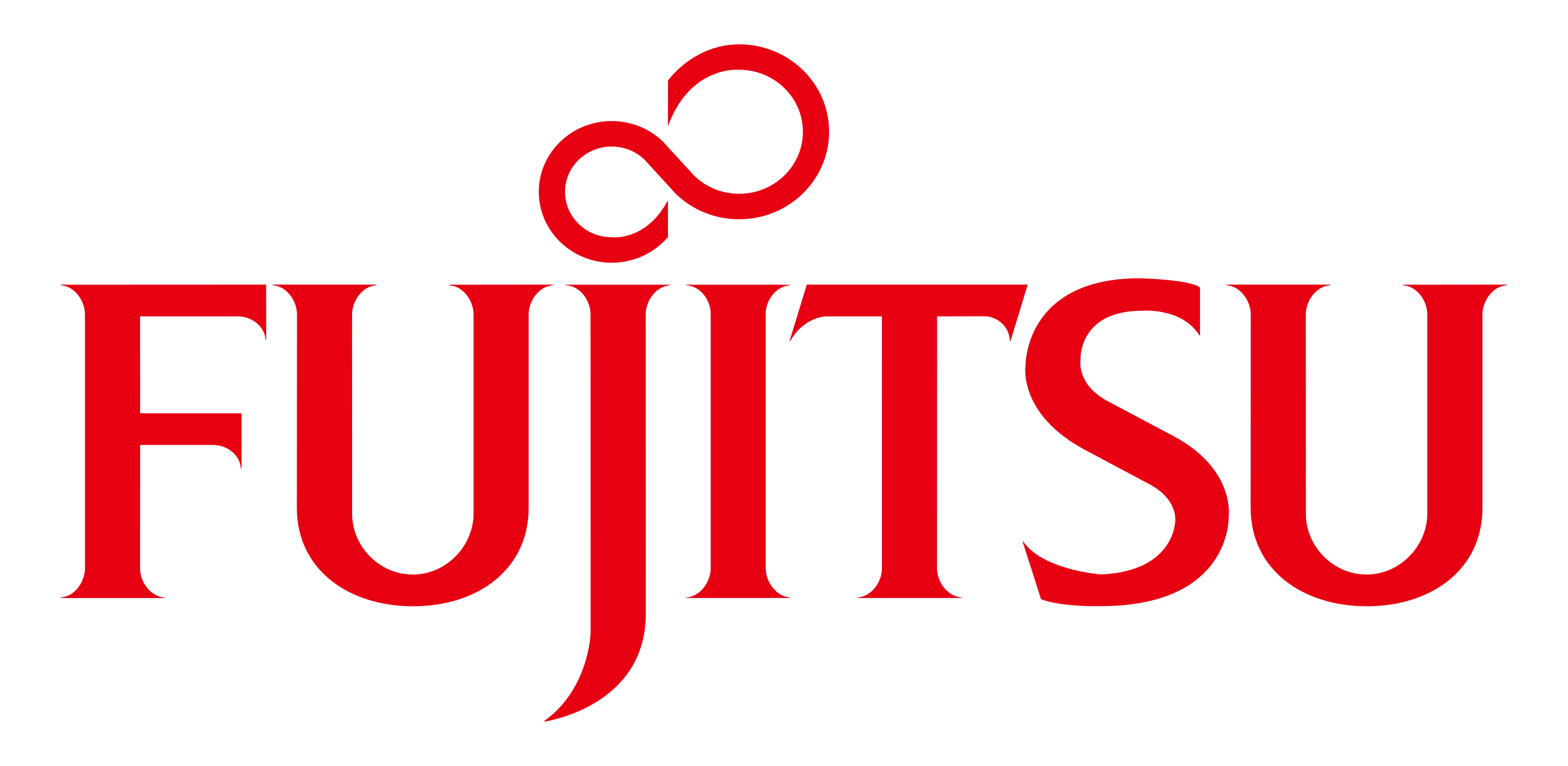When a technical leader is sought for a team, we necessarily look for a candidate with advanced technical skills. It doesn’t matter whether the candidate is an outsider or a current employee, the main evaluation criterion is hard skills.
This is not surprising, because, after all, a technical leader is supposed to take on the most difficult tasks, give valuable hints to team members, help develop the skills of colleagues, and show the way to a solution. For this, you need hard knowledge and experience that has turned this knowledge into a useful tool. Actually, a technical leader can be called a teacher, many of his tasks involve teaching others.
In addition to his duties to the team, the technical leader must be able to communicate with more or less technical customers. Usually, it’s not a matter of explaining implementation details but of listening to the customer’s concerns and responding appropriately.
The beginning of the story
It’s already clear from these few sentences about leadership theory that hard skills are important, but soft skills also play a big role. I will focus on them in the rest of the article, deliberately leaving out the technical aspects.
In my experience, both categories are equally important. A team will underperform both when the leader has insufficient technical knowledge and when he or she fails to lead the work of the team skillfully or coordinate it with the client.
What does it mean to lead a team skillfully? There is no universal definition that fits every situation. If I had to list the trait most useful to get a good start with a new team, it would be flexibility.
How does it usually start? You have a big project to do or you are assigned a permanent set of responsibilities. If you’re not a one-man army, you’re expected to do the work cooperating with the people you’re responsible for – your team. These may be people you already know, or completely unknown people. In either case, you have to adapt to the new situation, tasks, and team configuration.
The first meetings of the team
During them, there is a mutual examination of each other’s skills, preferences, and favorite tasks. This is a great opportunity to get to know your colleagues not only in terms of the work they do but most importantly as people. You find out who has a cat, a boyfriend, or a daughter, where they live, what they do in their free time, etc. I like to get these two categories of information at the same time. Because of this, the conversation with the team can be chaotic at times, but from this chaos, order emerges over time.
Non-work related topics interjected during the daily allow you to relax and avoid an interrogative and artificial atmosphere. Some people are very tight-lipped and guard their privacy, reluctant to share their private lives, while others are quite the opposite. The flexibility of the leader allows such a mix of personalities to emerge which is important to ensure successful cooperation between all members of the team.
Diversity is a gift, not a curse
When a team is formed, each member should feel that he or she is important in the team, and has a defined role, but also that he or she has individual influence. This means that the leader’s responsibilities and the conditions for cooperation in the team should be clearly defined. However, it is no less important that every member of the team should be able to express his opinion and make his suggestions. A good leader will not take this as an undermining of his words and knowledge but as an opportunity to improve the model of cooperation in the team.
He should not think that he always knows everything best. There are no infallible and omniscient people, and if someone has such an opinion of himself, he will fail sooner or later. Each team member is a source of knowledge, experience, and an opportunity to learn something new in the difficult art of managing people.
Democracy in the team
However, this does not mean that there is a classic democracy in the team 😊 It is the leader who decides whether the task was done well or needs improvement. He should discuss it with the author, but ultimately in such a case democracy must give way to autocracy.
A simple example of democracy that builds a sense of value and agency among team members from the very beginning is the process of naming the team. A name proposal can be given by anyone, and the choice is made by a majority vote. At a later stage in the life of the team, members can be given a free hand to choose tasks of the same priority instead of assigning them rigidly, and so on.
What is it all for?
Sooner or later there comes a time for the team, the so-called baptism of fire. The relationships that have been built, the jointly accepted division of responsibilities, and the sense of value of the whole team and each member are tested in practice during tasks and sometimes emergencies.
Employees know that they can rely on their leader, who is close to them and open to their ideas. The leader knows that he can rely on his employees, who have consciously worked out and accepted the terms of cooperation.
What's next?
It is crucial to realize that the role of a leader does not end with the successful formation of the team. Many pitfalls, moments of doubt, and demotivation will lurk for developers. Leadership is constant work, monitoring the mood of the team, and watching over its well-being. If a leader makes a mistake, he must not put the responsibility for it on a team member. What’s more, he should publicly admit it, thus clearing the atmosphere and getting others used to being transparent and taking responsibility for their actions.
A more detailed analysis of what threats to the team are brought by the daily work and defects of the leader is material for a separate article.
By the way, I recommend Maciek Lampart’s excellent article on dealing with difficult customers. This is useful knowledge not only for leaders but for any developer.




































